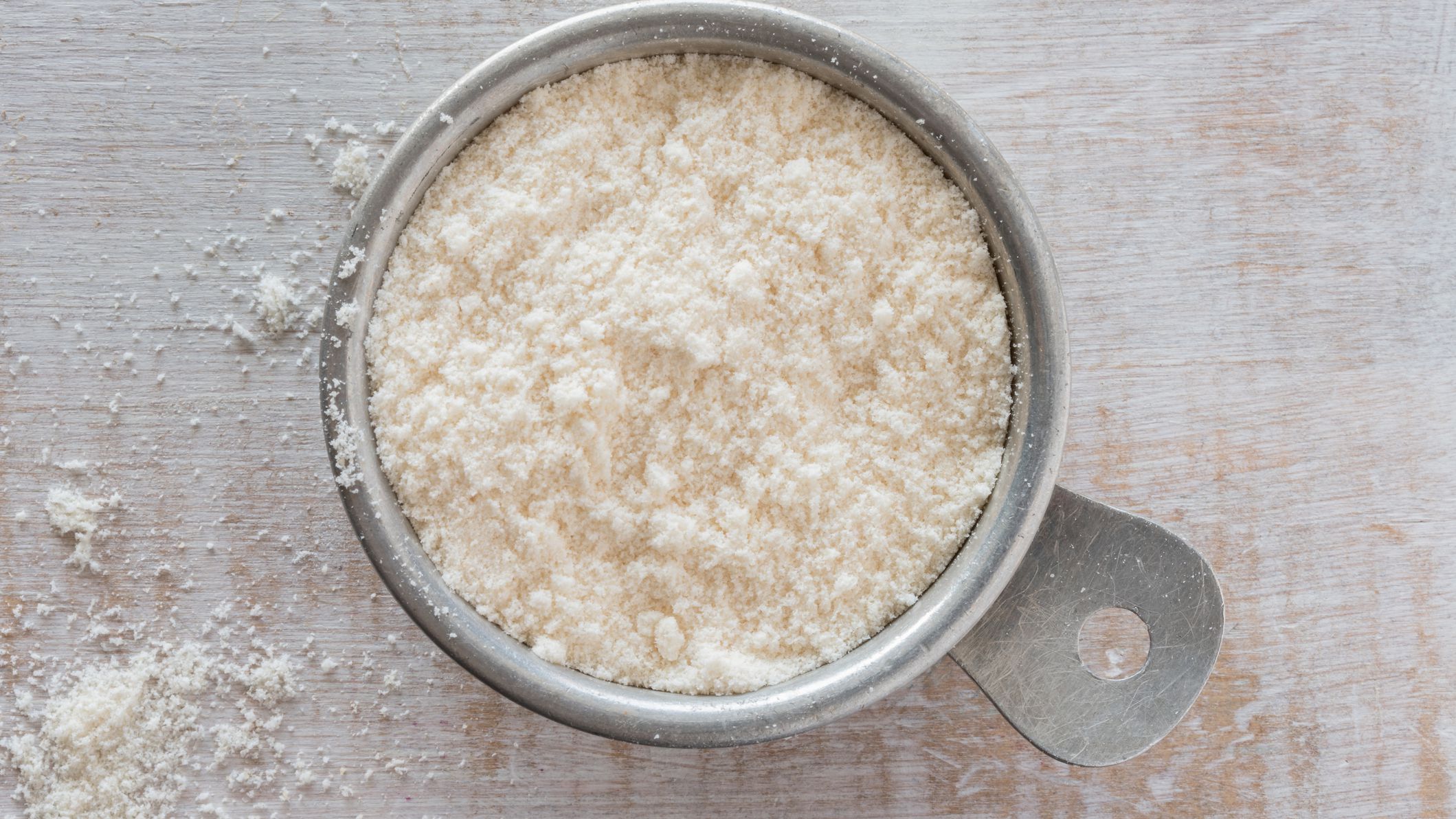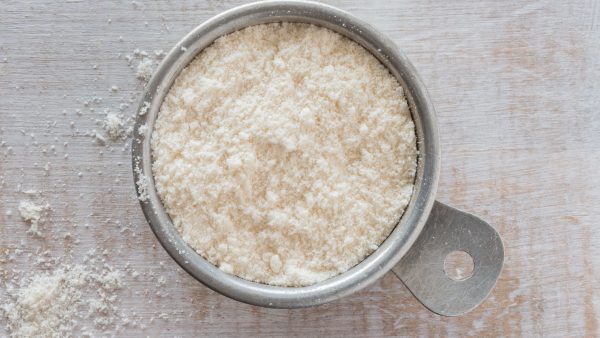I’m pretty sure that seeing yet another ‘coconut topic‘ on the food segment will have some of you rolling your eyes and some others thinking that I have a coconut obsession. Let me quickly assure you that I don’t. These topics are offshoots of our previous discussions on coconut.
Read more about Food
Like all matters arising, they must be addressed. In Monday’s article, where I shared meals that can be prepared with coconut flour, I grazed this topic. Then, it occurred to me that a more detailed guide to coconut flour production is needed. That’s how today’s article was born. Now that you understand why we have been discussing coconut all week long,
Here is how to make coconut flour.
Method Of Production
I hope you already know that coconut flour is the leftover chaff from coconut milk production. That said, after coconut milk extraction, what is left is the wet pulp. So, what do you do with it?
Well, the first thing to do is to spread it evenly in the baking tray. Afterwards, turn your oven on. Use the lowest possible setting on your oven. Put the baking sheet in the oven and check after four hours.
Sign up to the Connect Nigeria daily newsletter
If the pulp is not yet dry, put it back in the oven and check after every thirty minutes. When it is dry, turn off the oven and remove the tray from it. You’d notice that the pulp looks pretty much like it did before going into the oven minus the moisture, of course. You’ll also notice that the pulp looks uneven as some lumps would be bigger than others. Put the pulp in the dry mill blender and blend to achieve a smoother texture.
Now that your coconut flour is ready, the next step is storage for if it is stored properly, it can stay fresh for up to twelve months. But if it comes in contact with moisture or heat, it can quickly go bad.
Therefore, if you want your coconut flour to last, put them in an airtight container and store it in a cold, dark and dry place away from heat and direct sunlight. I’m sure you’ve realized that this description screams freezer. So, store the coconut flour in the freezer.
Finally, coconut flour has a gritty texture so sift before use. Sifting removes lumps from the flour.
Source:
Nourishing Simplicity
Does it Go Bad
Featured Image Source: The Spruce Eats
Got a suggestion? Contact us: [email protected]


